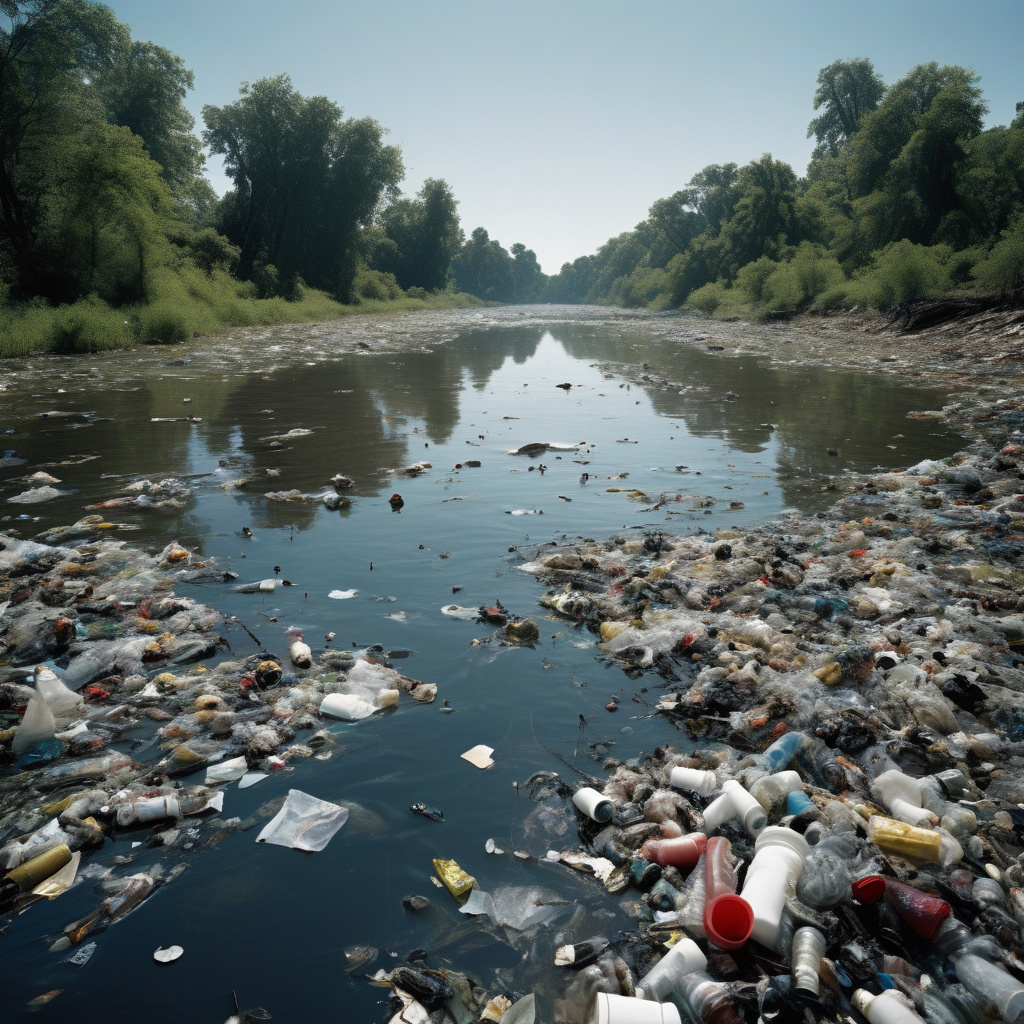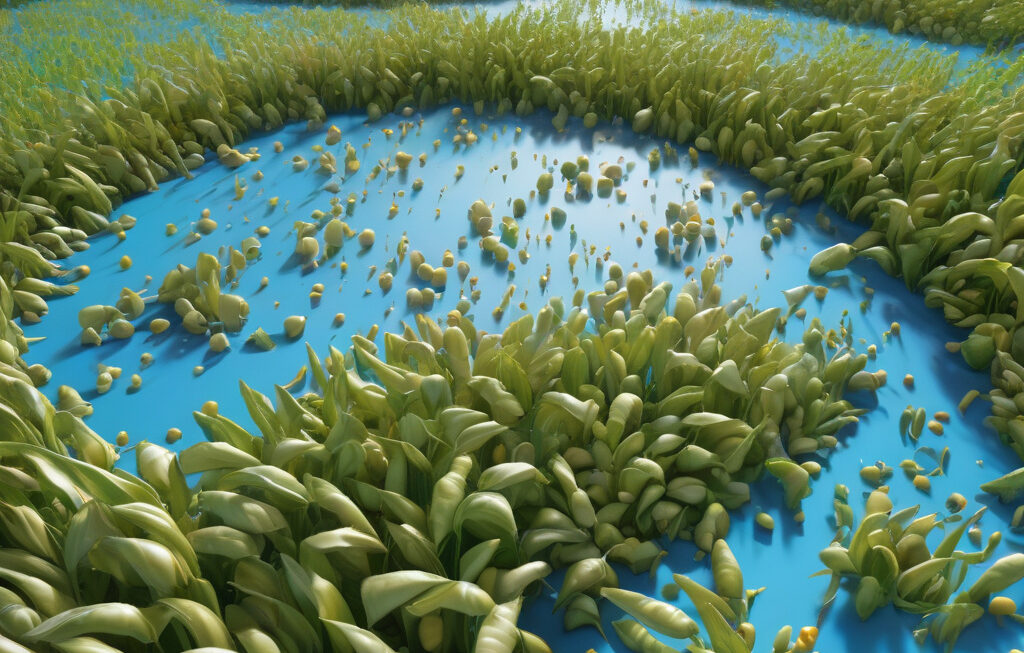Water Quality Under Pressure: Climate, Pollution, and the Fight for Clean Rivers and Lakes
Water is the essence of life, a fundamental resource that sustains ecosystems, economies, and human well-being. However, this precious resource is under increasing pressure from the dual threats of climate change and pollution. The delicate balance of our rivers and lakes is being disrupted, jeopardizing not only the environment but also the health and safety of communities that depend on clean water sources.
Climate change is altering precipitation patterns, leading to more frequent and intense floods and droughts. These extreme weather events can overwhelm water treatment systems, causing contamination and threatening water quality. Rising temperatures also exacerbate water pollution by promoting the growth of harmful algae blooms and bacteria, further compromising the safety of drinking water sources.
Pollution, stemming from industrial discharges, agricultural runoff, and improper waste disposal, poses another significant challenge to water quality. Chemical pollutants, heavy metals, and microplastics find their way into rivers and lakes, contaminating water supplies and harming aquatic life. The cumulative impact of pollution not only degrades water quality but also undermines the resilience of freshwater ecosystems.
In the face of these growing threats, innovative nature-based solutions are emerging to protect and restore water quality. Green infrastructure, such as constructed wetlands and green roofs, helps absorb and filter pollutants, reducing the burden on conventional water treatment plants. Riparian buffers and restored floodplains act as natural barriers, preventing sediment and contaminants from entering water bodies.
One inspiring success story comes from the Netherlands, where the city of Rotterdam has embraced green roofs as a strategy to manage stormwater and improve water quality. By installing vegetated rooftops on a large scale, Rotterdam has reduced runoff, alleviated pressure on the sewer system, and enhanced the city’s resilience to climate change impacts. This nature-based approach not only benefits the environment but also creates green spaces for residents to enjoy.
Similarly, in the United States, the restoration of the Chesapeake Bay watershed demonstrates the power of collaborative efforts to address water quality issues. Through the implementation of nutrient management practices, reforestation projects, and wastewater treatment upgrades, stakeholders have made significant progress in reducing pollution and improving the health of the bay. This comprehensive approach, guided by science and supported by diverse partnerships, serves as a model for sustainable water management.
As we navigate the complex challenges of safeguarding water quality in the face of climate change and pollution, proactive measures and collective action are essential. Investing in green infrastructure, promoting sustainable agriculture practices, and strengthening regulations on pollutant discharges are crucial steps towards ensuring clean and healthy water for present and future generations.
In conclusion, the preservation of water quality is a shared responsibility that requires a harmonious blend of innovation, policy, and community engagement. By embracing nature-based solutions and learning from successful initiatives around the world, we can protect our rivers and lakes, safeguard public health, and secure a sustainable water future for all.
#WaterQuality, #ClimateChange, #Pollution, #NatureBasedSolutions, #SustainableWaterManagement












